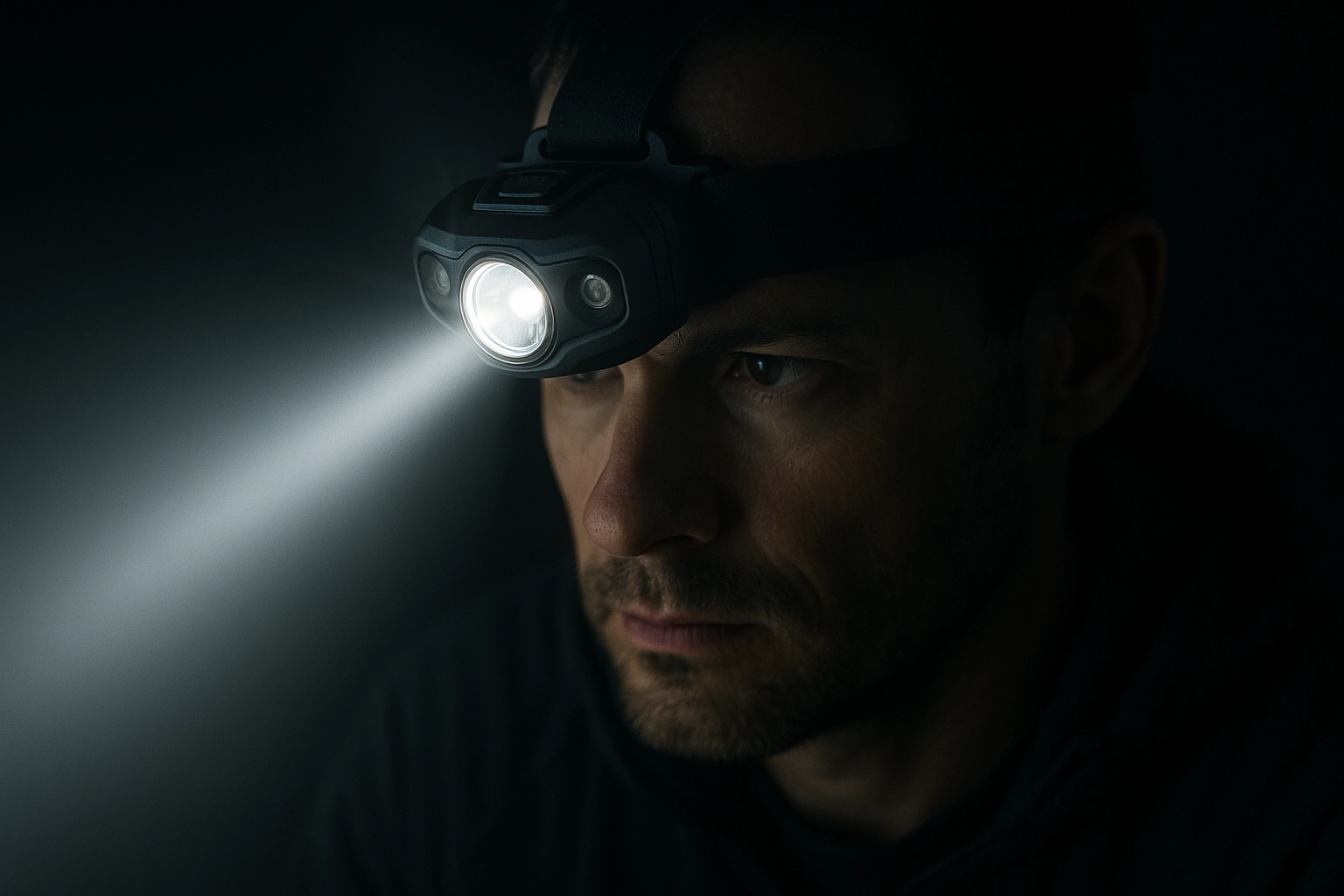JIS D5502 – Chromaticity and Luminance Testing of Lamps
The JIS D5502 standard is a critical document in the automotive testing sector, specifically for lighting components such as headlamps. This standard ensures that lamps meet specific chromaticity and luminance requirements, which are essential for safety, visibility, and compliance with international regulations.
Chromaticity refers to the color appearance of light, while luminance measures the perceived brightness of a light source. Both parameters play a vital role in how effectively headlights illuminate roadways during night driving conditions. When we test according to JIS D5502, we ensure that these attributes are accurately measured and verified.
Our testing process adheres strictly to this standard using state-of-the-art equipment and methods. This includes precise measurement techniques for both chromaticity (using a spectrophotometer) and luminance (through integrating spheres). The goal is not only to meet the requirements set by JIS D5502 but also to exceed them, ensuring that our clients' products are of the highest quality.
The importance of chromaticity cannot be overstated. A slight shift in color can drastically affect visibility and potentially lead to accidents if drivers cannot easily recognize other vehicles or road signs. Similarly, accurate luminance measurements ensure that lamps deliver sufficient light output under various conditions—whether it's bright sunny days or pitch-black nights.
Our laboratory uses advanced technology to perform these tests, including high-precision spectrophotometers and integrating spheres. These tools allow us to capture detailed data about the color and brightness of each lamp being tested. The results are then compared against the specified limits defined by JIS D5502.
The benefits of adhering to this standard extend beyond mere compliance; they encompass improved safety, enhanced performance, and increased market competitiveness. By ensuring that your products meet or exceed these standards, we help you avoid costly recalls and potential legal issues down the line.
Why It Matters
The significance of chromaticity and luminance testing cannot be overstated. These attributes are crucial in determining not only the safety but also the effectiveness of lighting systems like headlights used in automotive applications.
- Safety: Proper color and brightness ensure that drivers can see clearly under all conditions, reducing the risk of accidents.
- Performance: Accurate measurements help manufacturers produce consistent quality products which perform well across different environments.
- Compliance: Meeting these standards guarantees adherence to regulatory requirements worldwide.
In essence, chromaticity and luminance testing is more than just a technical exercise; it's about setting the benchmark for excellence in automotive lighting technology. By investing in thorough testing according to JIS D5502, manufacturers can build trust with consumers who know that their vehicles meet stringent quality standards.
Benefits
The benefits of conducting chromaticity and luminance tests according to JIS D5502 are manifold. For one, it ensures that the headlights on automobiles comply with international safety regulations, thereby enhancing road safety.
Additionally, this standard helps manufacturers maintain consistent product quality by providing a reliable measurement process for both color appearance (chromaticity) and perceived brightness (luminance). This consistency translates into better performance across different operating conditions—whether it's sunny days or moonless nights.
Furthermore, compliance with JIS D5502 standards can give your brand an edge in the competitive automotive market. It demonstrates a commitment to excellence that customers appreciate and are willing to pay for. In today’s world where consumer trust is paramount, meeting such stringent testing criteria builds credibility and fosters long-term relationships between manufacturers and their clients.
Lastly, by ensuring compliance with these standards through rigorous testing procedures, you protect yourself from potential legal challenges or financial penalties associated with non-compliance. This proactive approach not only saves money but also avoids reputational damage which could otherwise harm your business reputation.
Use Cases and Application Examples
| Use Case/Application Example | Description |
|---|---|
| New Headlamp Design Validation | We test new designs to ensure they meet JIS D5502 requirements before mass production begins. |
| Quality Control Checks During Production | Regular inspections during manufacturing processes guarantee that each headlight produced adheres to the specified chromaticity and luminance levels. |
| Post-Production Audits | After assembly, final products undergo thorough testing to ensure all units meet quality specifications. |
- Variations in Manufacturing Processes: Changes in raw materials or production techniques may alter the chromaticity and luminance of headlamps. Regular testing helps identify any deviations early on, allowing for corrective actions to be taken promptly.
- Environmental Factors: Headlights used under extreme weather conditions might behave differently compared to those tested under controlled lab settings. Our tests account for such variations ensuring reliability in real-world scenarios.
In summary, these applications underscore the importance of adhering strictly to JIS D5502 during all stages of automotive lighting development and production. Proper testing ensures that every headlight meets industry standards, thus contributing significantly towards overall vehicle safety and performance.





